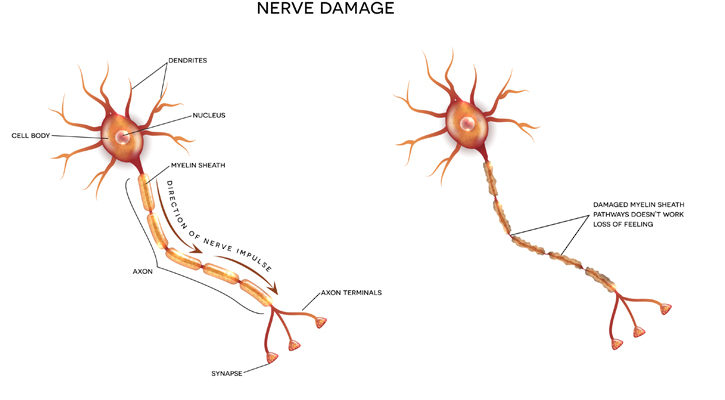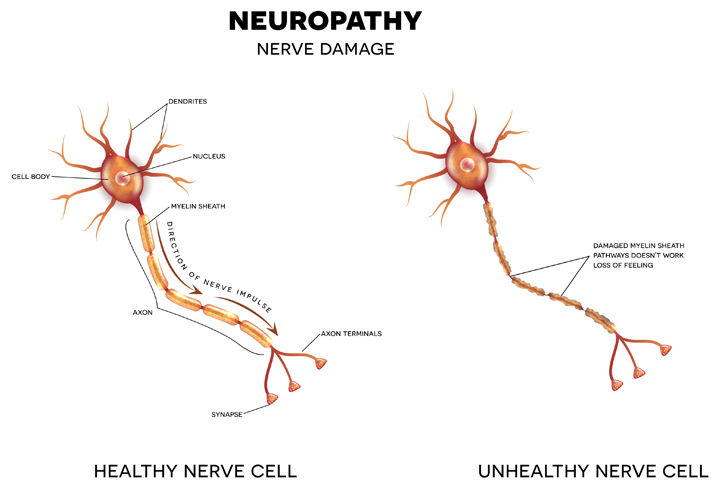How to Recognize Diabetes Symptoms in Women
The Centers for Disease Control and Prevention (CDC) estimates that more than 13 million women—or roughly 11 percent of all women in the U.S.—suffer from diabetes. What characterizes diabetes symptoms in women? A number of factors can come into play. First, let’s answer the question “What is diabetes?”
Diabetes is a condition characterized by elevated blood glucose levels. In people without diabetes, the pancreas produces the hormone insulin, which acts on the body’s cells, moving “sugar” or glucose from the blood into the cells where it can be used for energy. In type 1 diabetes, the body’s immune system attacks and destroys the cells in the pancreas that produce insulin, resulting in an insulin deficiency and, therefore, elevated blood glucose levels.
In type 2 diabetes, the cells of the body become resistant to the effects of insulin and the pancreas cannot produce enough extra insulin to compensate for this resistance. The result: high blood glucose levels.
Some women experience yet another type of diabetes during pregnancy called gestational diabetes. In gestational diabetes, hormones produced by the placenta cause the body’s cells to be resistant to insulin and, as in type 2 diabetes, when the pancreas cannot produce enough extra insulin, blood glucose levels rise.
Risk factors for type 1 diabetes, primarily family history, the presence of autoantibodies, living in a colder climate, and possibly exposure to certain viral illnesses, are the same for men and women. While most risk factors for type 2 diabetes, which include obesity or excess weight, older age, family history, race, sedentary lifestyle, high blood pressure, and abnormal cholesterol levels, are the same for men and women, there are several risk factors unique to women:
- A history of gestational diabetes
- A history of having given birth to a baby weighing over 9 pounds
- A history of polycystic ovarian syndrome
Understanding Diabetes Symptoms in Women
While women experience many of the classic diabetes symptoms that men experience such as increased thirst, frequent urination, fatigue, and blurred vision, there are some symptoms that are unique to women.
- Recurrent vaginal yeast and urinary tract infections: Yeast and bacteria thrive in sugar so elevated glucose levels provide the perfect breeding ground. Additionally, nerve damage from diabetes can cause bladder dysfunction, increasing a woman’s risk of urinary tract infections.
- Depression: Women with diabetes have an increased incidence of depression.
- Sexual dysfunction: Some women with diabetes experience a decrease in sexual desire or libido as a result of their diabetes. This may be secondary to the fatigue, depression, or vaginal dryness seen with diabetes.
- Eating disorders: Eating disorders are more common in women with diabetes. Women with type 1 diabetes are more likely to suffer from bulimia while women with type 2 diabetes are more likely to binge.
Diabetes Complications in Women
Women can suffer from many of the same complications of diabetes as men including heart disease, nerve damage or neuropathy, eye damage, kidney damage, and foot problems. However, women can also experience additional complications.
- Higher risk of heart disease than men: Heart disease is the leading cause of death among women with diabetes.
- Higher risk of blindness
- Increased risk of pregnancy: Women taking the one of the thiazolidinedione (TZDs) diabetes drugs (such as Actos) may have reduced efficacy of their oral contraceptives/birth control pills. TZDs can also cause a woman who has already gone through menopause to start ovulating again, allowing her to get pregnant.
- Complications from taking birth control pills: Oral contraceptives may cause higher blood glucose levels in women with diabetes. Women with diabetes who take oral contraceptives for more than 2 years and develop high blood pressure may experience more complications from the high blood pressure such as kidney or eye damage.
- Changes with menopause: . Women going through menopause may also have greater difficulty controlling blood glucose levels because of hormonal fluctuations.
What Can Women Do to Avoid These Complications?
All people with diabetes are encouraged to maximize control of their blood glucose levels, adopt a healthy, balanced diet, increase their physical activity, and maintain a healthy weight to increase their odds of avoiding diabetes complications.
Additionally, women are encouraged to see their gynecologist annually to ensure their diabetes is not affecting their reproductive organs and to address issues related to contraception and menopause. Blood glucose monitoring schedules and diabetes medication regimens may need to be adjusted as women enter menopause and some women may choose to change their contraception methods.
Following your healthcare provider’s recommendations for diabetes management, understanding the signs of complications, and listening to your body so that you can identify diabetes symptoms are all valuable steps any woman with diabetes should take.
Originally published in March 2016 and updated.
The post How to Recognize Diabetes Symptoms in Women appeared first on University Health News.
Read Original Article: How to Recognize Diabetes Symptoms in Women »
Powered by WPeMatico



